Onion hybrid “Hercules”: can it be planted before winter and cultivation features
Hercules is one of the popular onion hybrids, which is suitable for cultivation both in private plots and for industrial purposes. The crop ripens quickly, is resistant to many diseases, is high-yielding and unpretentious in care. The ripening rate of vegetables during ripening is 100%.
Description
Onions with a pleasant sweet-sharp taste without bitterness are used in cooking, freezing or adding to salads, appetizers and marinades. The rich chemical composition of vegetables makes them valuable in folk medicine.
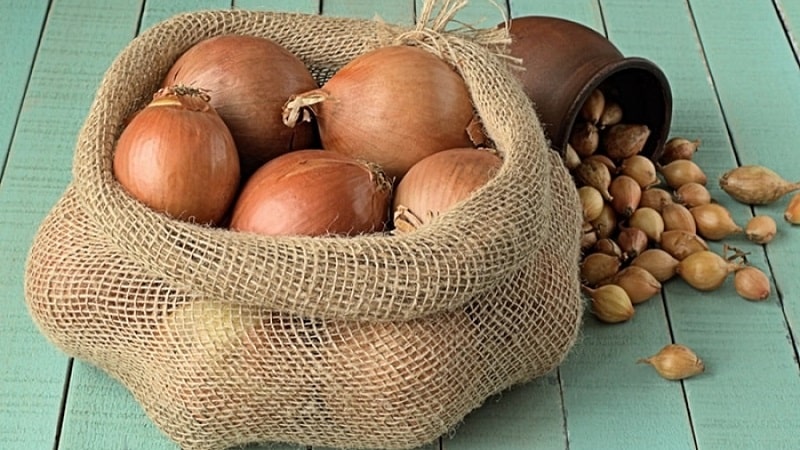
Origin and development
Hybrid Hercules was bred by Dutch breeders. The originator is BEJO ZADEN.
Onions were included in the State Register of Russia in 2006.
Composition and beneficial properties
100 g of onion contains:
- proteins - 2% of the daily value;
- fats - 0.5%;
- carbohydrates - 7%;
- dietary fiber - 4.5%;
- calories - 2%;
- trace elements: copper, iron, iodine, chromium, cobalt, zinc, fluorine, manganese, bromine;
- vitamins: C, PP, E, group B;
- macroelements: calcium, magnesium, potassium, sodium, sulfur, phosphorus, chlorine.
Onions strengthen the immune system, normalize the functioning of the brain and nervous system, useful for weight loss, has antioxidant properties.
Ripening time and yield
Hercules is an early ripening hybrid: ripens in 70–80 days after planting the sets.
Marketable yield in a two-year crop it is 228–500 c/ha. The maximum indicator is 560 c/ha.
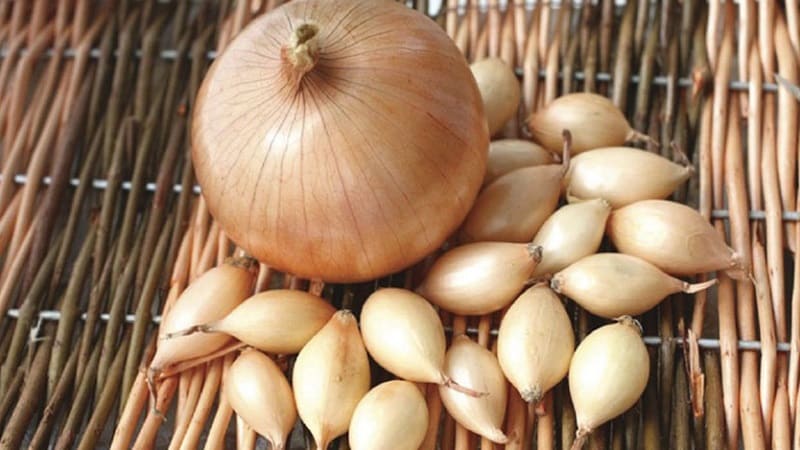
Disease resistance
Hybrid is immune to most culture-specific diseases:
- mosaic;
- yellow dwarfism;
- fusarium;
- rust;
- gray rot;
- peronospora.
Characteristics
The plant reaches 35 cm in height. The root system is powerful with long shoots, thanks to which the onion develops well even in drought.
Juicy dark green feathers. The bulbs are single- or double-primed, broadly elliptical in shape, weigh 120–160 g, covered with 3-4 layers of dry golden scales.
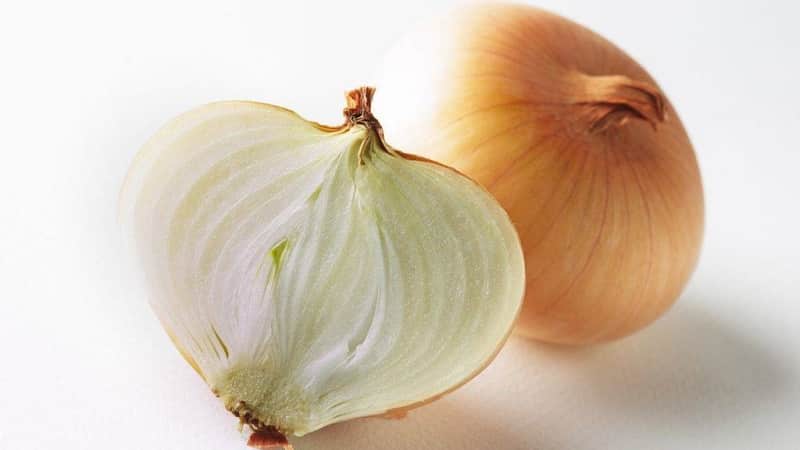
The pulp is juicy white, the taste is sweetish-spicy without pronounced bitterness.
Interesting! After heat treatment, the taste of onions remains virtually unchanged.
Growing regions
The hybrid is recommended for cultivation in The central region of Russia, but due to its unpretentiousness to climatic conditions, it is successfully cultivated almost everywhere.
Advantages and disadvantages
Advantages of Hercules:
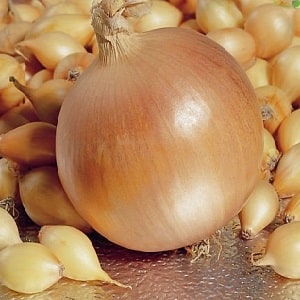 early maturation;
early maturation;- long-term storage of vegetables without loss of taste and beneficial properties;
- excellent presentation;
- high productivity;
- good taste;
- resistance to drought, bolting, diseases and pests;
- ease of care.
Flaws:
- high cost of planting material;
- impossibility of growing from your own seeds.
Differences from other varieties and hybrids
Comparative table of some varieties of onions:
| Name | Ripening time | Taste | Bulb weight, g | Bulb shape | Productivity, c/ha |
| Hercules F1 | 70–80 days | Sweetish-spicy | 120–160 | Widely elliptical | 228–500 |
| Veselka | 92–115 days | Peninsular | 75–85 | Round-flat | 300–400 |
| Ruby | 75–82 days | Peninsular | 70–80 | Round | 280–320 |
| Tkachenkovsky | 80–85 days | Spicy | 70–90 | Round | 400–500 |
Planting and growing
To get a plentiful and high-quality harvest, it is important choose the right time for planting and provide the plants with proper care.
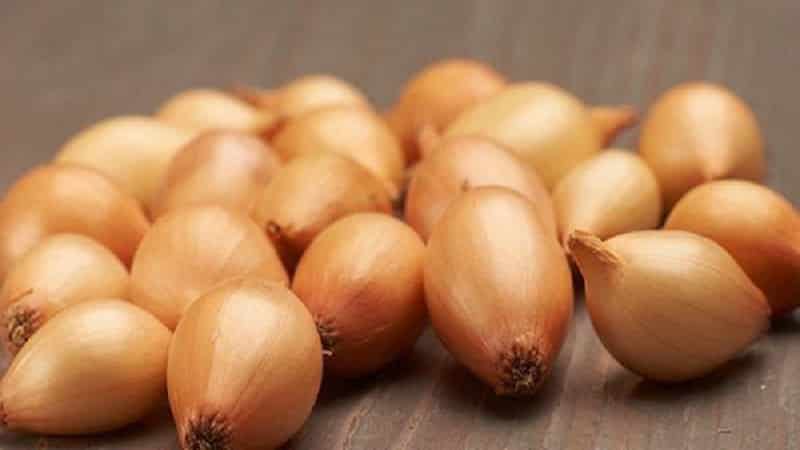
When is the best time to plant
Bow Hercules planted in spring, when the soil warms up to +12°C at a depth of 8 cm, and the air warms up to +10°C. The timing varies depending on the growing region. So, in the southern regions this is approximately the beginning of March, in the northern regions - the first days of May, and in the middle zone - mid-April.
Another option for cultivating onions — growing before winter. Advantages of this method:
- there is no need to store the sets until spring;
- planting material in autumn is cheaper;
- the crop ripens earlier and is ready for harvest in July;
- roots grow until onion flies appear;
- the vegetable does not release its arrows.
Is it possible to plant Hercules onions before winter? This growing method valid only in regions with not too severe winters.
The timing of autumn planting depends on climatic conditions: seedlings are planted in the ground 17–20 days before the onset of frost, when the average daily temperature is 0…-5°C. As a rule, this is the end of October or the beginning of November.
If sown too early, the vegetable will take root and will grow, because of which it will freeze and die in winter.
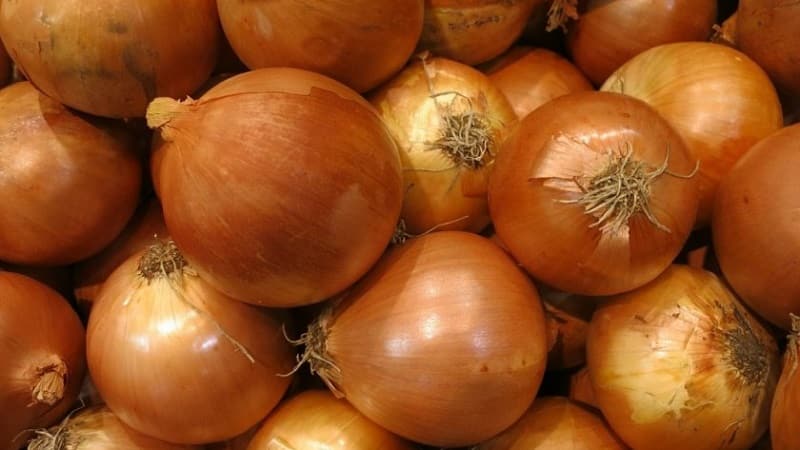
Preparing for landing
For planting in spring choose Hercules onion sets with a diameter of 2-3 cm, without visible damage or signs of rot. Selected items for 8–12 hours soak in a solution of salt, potassium permanganate, copper sulfate or “Nitrophosk” (20 g per 10 liters of water). This disinfects planting material and removes spores of diseases and pests.
The soil is dug up in advance, simultaneously getting rid of weeds and plant residues, and applying fertilizers per 1 m22:
- 4 kg of peat;
- 5 kg of rotted manure;
- 30 g superphosphate;
- 10 g urea.
Add to sandy soil 2 buckets of clay soil, 1 bucket each of peat and humus, 1 tbsp. l. superphosphate and urea per 1 m2.
After fertilizing, the area is covered with film. and leave for 5 days to warm up.
Reference. Before winter, when digging, only wood ash is added to the ground: 500 g per 1 m2.
Soil requirements
Hercules prefers light, nutrient-enriched soil with good aeration, moisture permeability and medium or neutral acidity level. The best option is sandstone, loam or black soil.
Landing scheme and rules
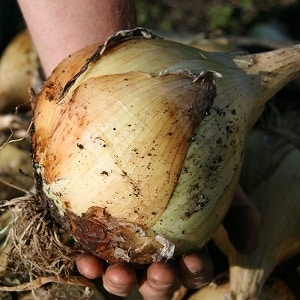 Hercules planting scheme:
Hercules planting scheme:
- Form beds at a distance of 20–30 cm from each other.
- Make planting holes in them every 10–15 cm.
- Place the bulbs in the holes, deepening them by 3–5 cm.
- Cover the plantings with soil.
When growing before winter, the beds are mulched dry grass, sawdust, straw, thick cardboard or tree branches.
Nuances of care
Hercules - heat-loving onion, therefore, the planting area should be well lit by the sun and not be in the shade.
The place is chosen on a hill. Water often accumulates in lowlands, which causes vegetables to rot.
It is important to follow the rules of crop rotation: the hybrid is planted in the same place once every 3-4 years, and the best predecessors for it are tomatoes, eggplants, potatoes, lettuce, spinach, and melons.
An easy-to-care hybrid that requires minimal effort, including timely watering, fertilizing and weeding.
Watering mode
Moisten the onion with moderately settled or rain water.. In dry weather, irrigation is required once every 3-4 days, and less often when there is sufficient rainfall.
Important! Approximately 3 weeks before harvest, watering is stopped.
Loosening and weeding
The soil between the rows is weeded as the weeds grow. If you do not get rid of them in a timely manner, the onion will lack nutrients and the harvest will be small.
After watering or rain, loosen the soil to a depth of 2-3 cm, taking care not to damage the plants. Loosening improves access of moisture and oxygen to the roots, which has a beneficial effect on the development of the crop.
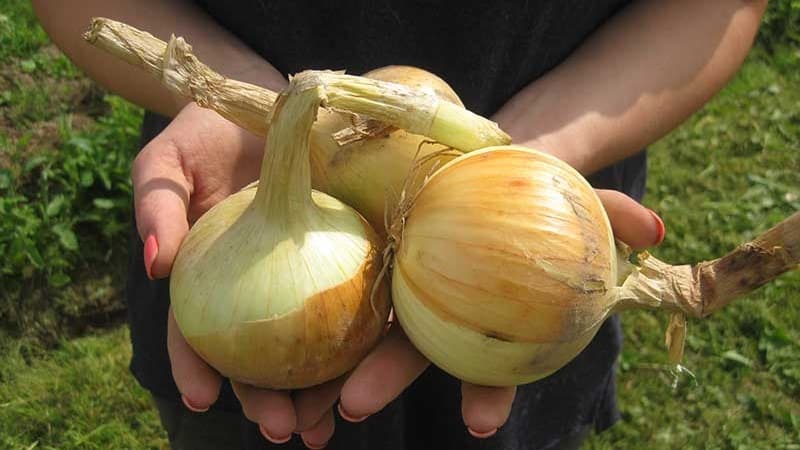
Top dressing
Plants are fertilized 2 times per season:
- in the spring, with the appearance of the first shoots, nitrogen-containing agents are added (for example, 20 g of urea per 10 liters of water);
- in mid-summer, liquid organic compounds are used (2.5 kg of manure per 10 liters of water).
Fertilizer consumption — 5 l per 1 m2.
Disease and pest control
Onion Hercules is not prone to disease, but sometimes it is attacked by insects:
- tobacco thrips;
- onion flies;
- onion mites.
Get rid of pests using ash and saline solution. Do not neglect preventive treatment of planting material.
In advanced cases plants are treated with insecticides.
Difficulties in growing
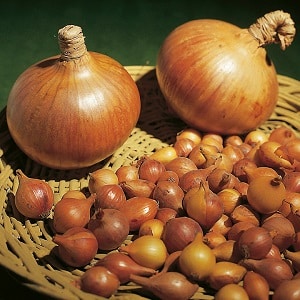 Sometimes during the growth process the above-ground part of the onion turns yellow. This usually occurs due to lack of nutrition or pest attacks.
Sometimes during the growth process the above-ground part of the onion turns yellow. This usually occurs due to lack of nutrition or pest attacks.
Preventive measures to prevent the problem:
- treatment of seedlings before planting;
- compliance with crop rotation rules;
- timely application of fertilizers.
Feathers that have yellowed prematurely - a sign of nitrogen deficiency in the soil.
Lack of loosening deprives the bulbs of oxygen, which makes them bitter.
Harvest and storage
Signs of a ripe onion - yellowing and wilting of leaves.
How and when to collect
Gathering vegetables In the end of August, in dry sunny weather, carefully digging them out of the ground with a pitchfork or shovel. The bulbs are carefully sorted and sorted, getting rid of damaged specimens.The remaining harvest is dried in the beds for 3-4 days if the weather is sunny, or under a canopy when it rains.
Storage features and shelf life
After drying the onions, the feathers are cut off with pruning shears and the turnips are placed in baskets, wooden boxes with holes for ventilation or mesh and taken out to a dry, well-ventilated room. The temperature in it is maintained at +15...+20°C, humidity - about 50–80%. In such conditions, the crop does not lose its commercial quality and taste for 9-10 months.
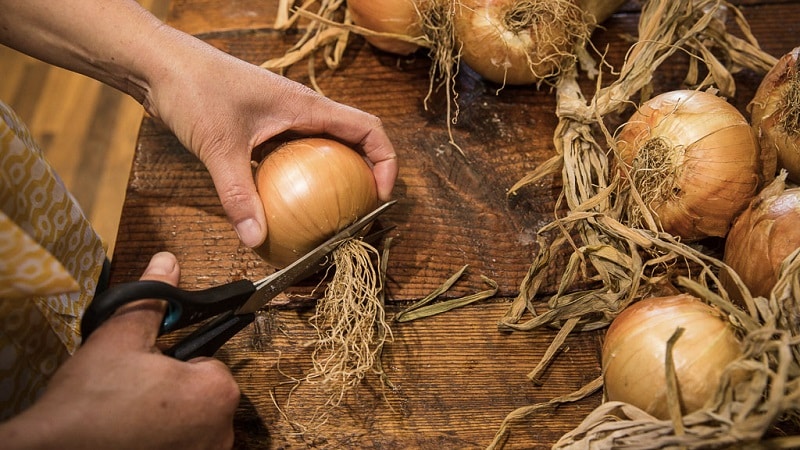
Advice from experienced gardeners
Vegetable growers who have been growing Hercules for several years recommend:
- Mulch the plantings with sawdust or straw. This will reduce the frequency of watering and the number of weeds.
- In August, open the turnips slightly, raking the soil up to about half the bulb. This will speed up the ripening of vegetables.
- Arrange the beds so that carrots grow nearby. It drives away insects, in particular onion flies.
Reviews
To get a general idea of the hybrid, you can read the reviews of farmers who have already grown it on their plots.
Ekaterina, Kursk region: “Last year I was choosing what to plant in the garden. I studied the descriptions and characteristics of many onion varieties with photos - the Hercules hybrid caught my attention. I was simply delighted with him. I have never had such an onion harvest before. I planted the sevok in April and stored the ripened vegetables in the basement - it’s not cold there, it’s room temperature. Planting material is, of course, expensive, but worth the money.".
Valentina, Ryazhsk: “It all started with the fact that I was jealous of my neighbor at the dacha: then my onions were sick, and there was no harvest at all, but in her beds there were green feathers, and even without arrows. She asked what kind of variety she had, it turned out to be Hercules (Hercules) onion.The next year I bought a set, planted it, and for the past 5 years I have been growing only it. I store it at above-zero temperatures and eat fresh and tasty onions all winter long.”.
Conclusion
Hercules is an early ripening onion that is suitable for spring and winter planting. Due to its high yield, unpretentiousness, resistance to diseases, pests and long shelf life of the crop, the crop is in great demand among farmers.